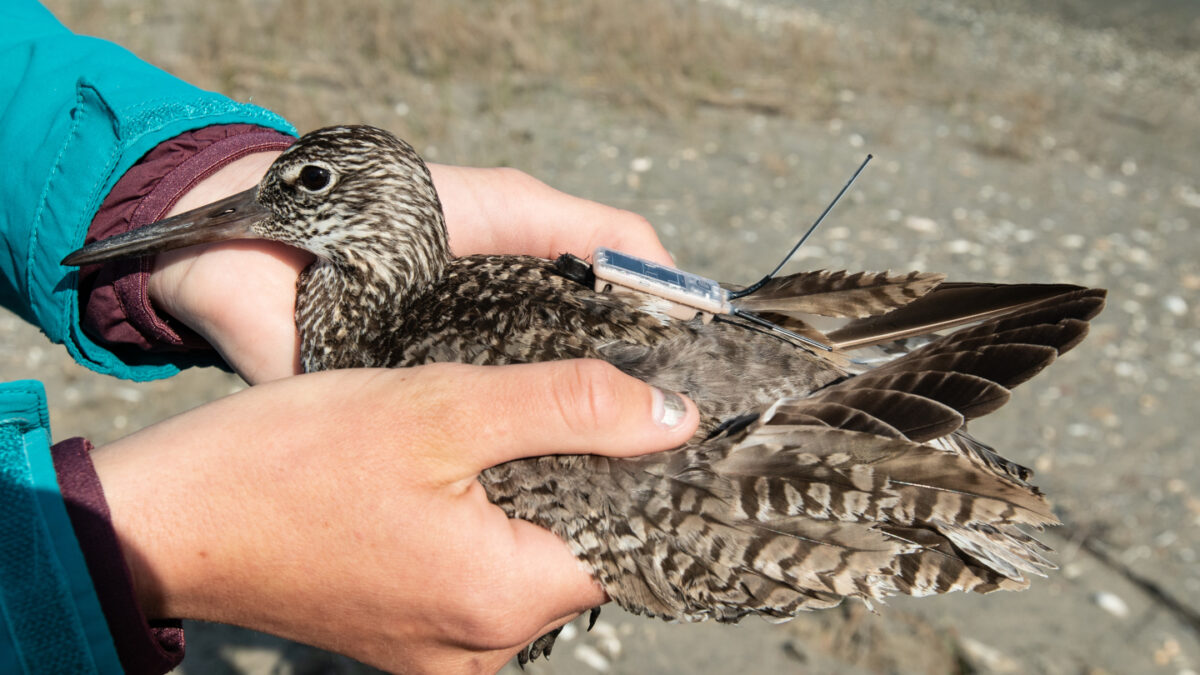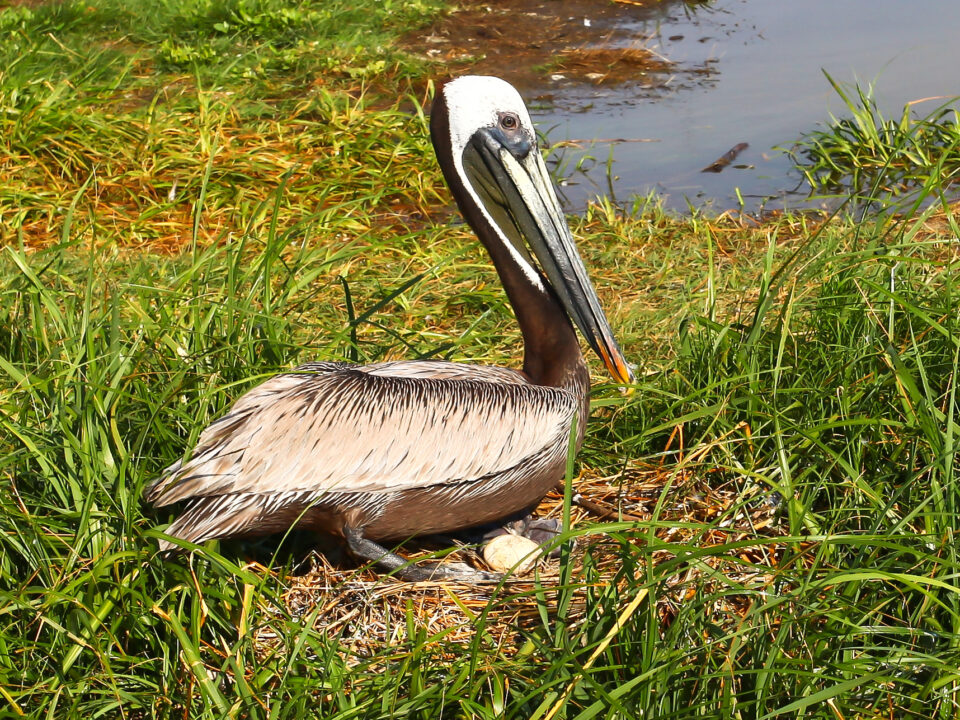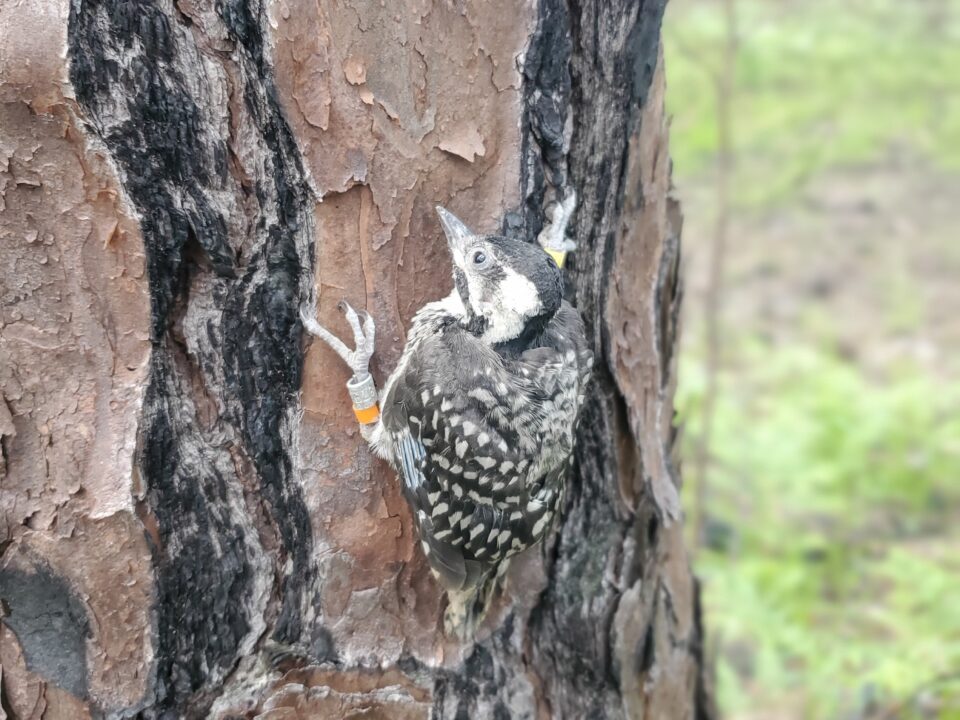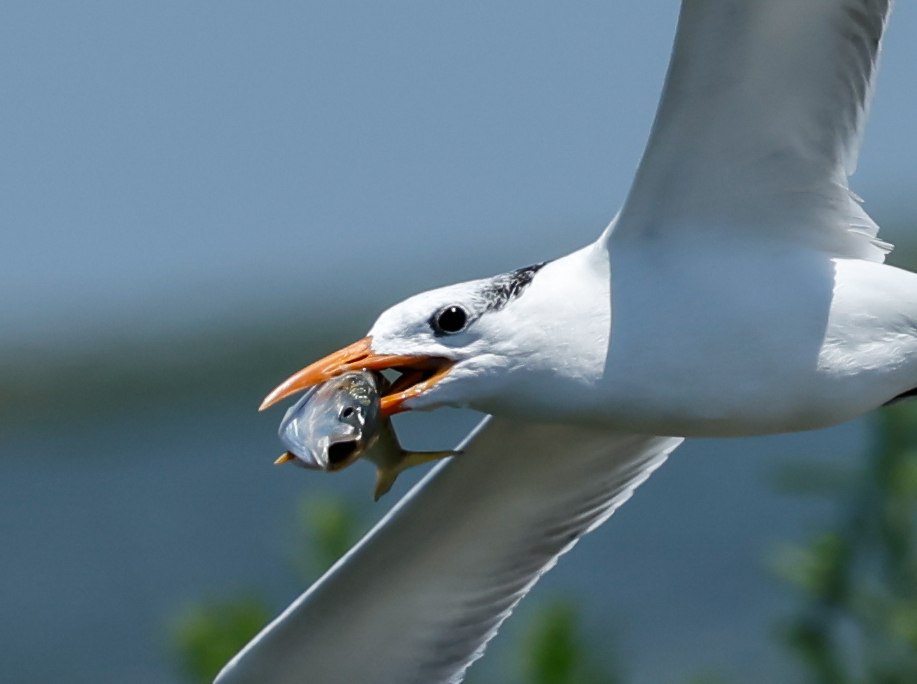Deja vu all over again: Tracked eastern willet shot on Guadeloupe

Dune Foragers: Unraveling the Ipswich Sparrow’s Hidden Diet
February 5, 2025
The Resurgence of Red-Cockaded Woodpeckers in Virginia
February 5, 2025By: Bryan Watts
1/24/2025
An eastern willet fitted with a transmitter on the breeding grounds in Virginia was shot within one of the famous “shooting swamps” on Guadeloupe during its fall migration. The fate of this bird is eerily similar to two tracked whimbrels that were shot on Guadeloupe on 12 September 2011.
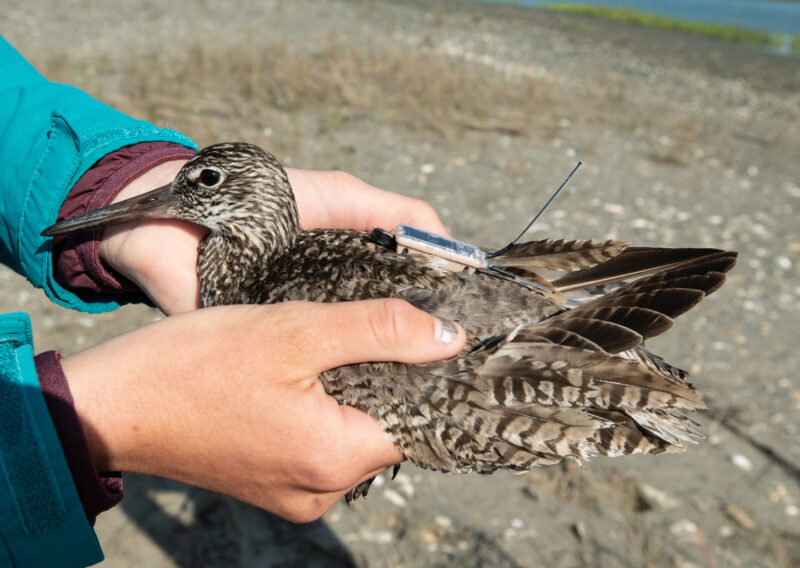
The shooting of Machi and Goshen (two whimbrels tracked by The Center for Conservation Biology and The Nature Conservancy) in 2011 was a watershed event for shorebird conservation in the Western Hemisphere. The two birds had been tracked as part of a study to understand the annual cycle of whimbrels. Their tracks were provided on the internet, and the birds attracted a global audience. Although not migrating together, both birds were shot on the same day in the same shooting swamp just after their arrival on Guadeloupe. Their loss shined a light on the dangers of migration for this declining population and heightened awareness of shorebird hunting within the conservation community.
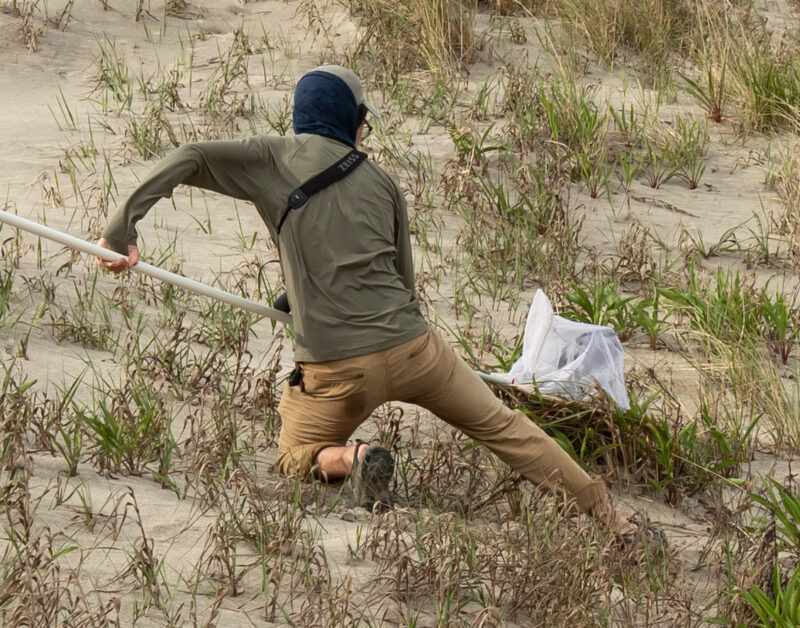
The willet (flag A51) that was shot in 2024 was a male that nested on Metompkin Island and was trapped, banded and fitted with a transmitter on 30 April. The bird was nick-named “Jack.” The bird’s mate, nick-named “Rose” (flag A52), was also trapped and fitted with a transmitter. Ironically, the pair was named after the couple (Jack Dawson played by Leonardo DiCaprio and Rose Dewitt Bukater played by Kate Winslet) in the movie Titanic where Jack dies too early. Jack departed for fall migration at around 6 PM on 29 July and flew out over the open Atlantic. After making a brief stop on Barbuda the bird flew directly to Guadeloupe making landfall just northeast of Petit-Canal, a small coastal village. The bird moved around between three swamps but was ultimately shot in the same shooting swamp as Machi and Goshen.
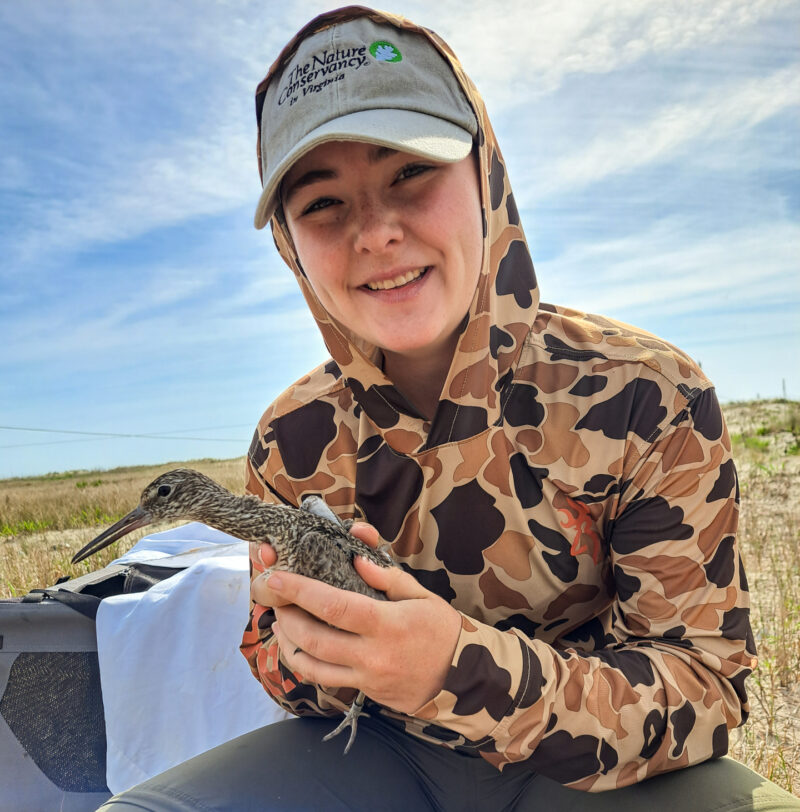
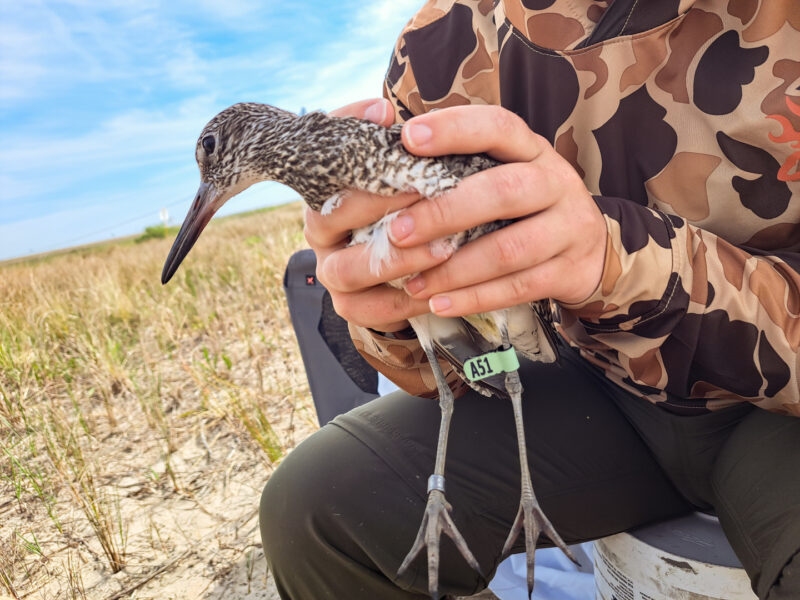
Many things have changed since the shooting of Machi and Goshen. Shortly after their loss an international working group was formed to begin assessing the potential impact of hunting on shorebirds using the Western Atlantic Flyway. The group has focused on sustainable shorebird harvest limits, current harvest levels, hunting policy, and law enforcement. CCB published estimates of sustainable mortality limits for shorebirds using the flyway and an overview of shorebird hunting policies for jurisdictions throughout the Western Hemisphere. On the research front, we know much more about the annual cycle of several shorebird species including lesser yellowlegs that appear to bear an outsized portion of the hunting activities. Efforts have also given us some of the first estimates of harvest levels within some jurisdictions. Evidence continues to mount that shorebird populations that are showing some of the highest rates of decline have some of the highest exposure to hunting activities due to their migration routes.
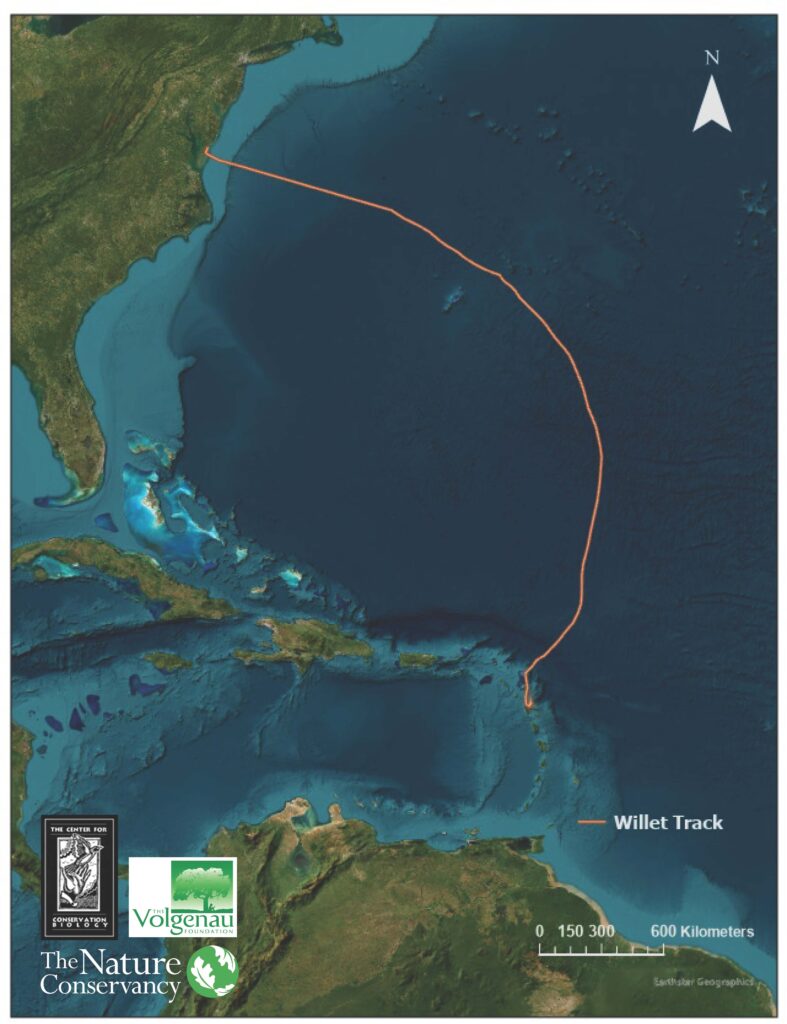
Several changes to hunting policies have been made within major hunting communities in the West Indies. The Ministries for the Environment of both Guadeloupe and Martinique have agreed to several regulatory changes including the formation of a no-hunt-list to protect the most vulnerable species, the adoption of bag limits and a more formal hunting season. Policy changes by the ministries are an important step toward shorebird conservation. In addition to changes on Guadeloupe and Martinique, the Barbados Wildfowlers Association has voluntarily passed a series of wide-ranging regulations focused on improving shorebird sustainability. In order to provide shorebirds with hunting refugia, several no-hunt parks have either been established or are planned.
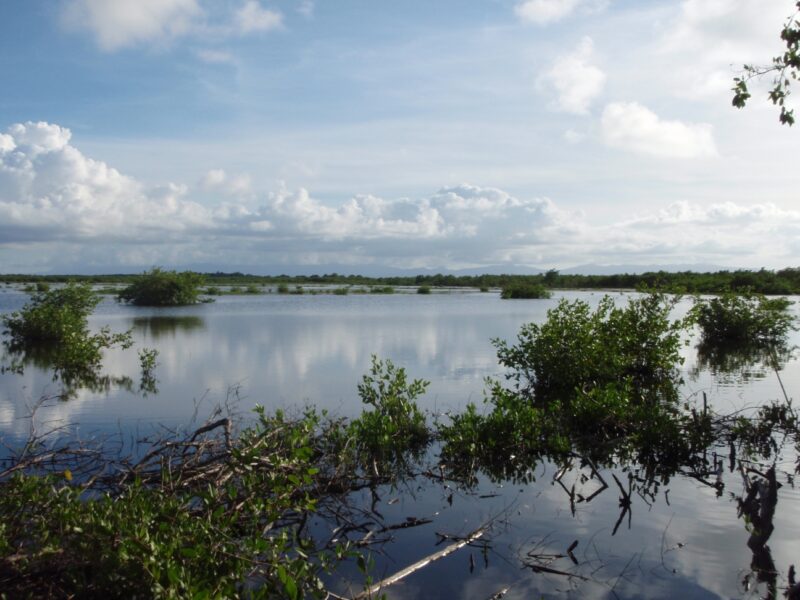
The shooting of Jack is a reminder that we must continue to be vigilant about how our activities are impacting shorebird populations. Although progress has been made, we still have a long way to go in order to understand the role that hunting is playing in shorebird declines within the Western Atlantic Flyway.
The willet tracking and monitoring project is a collaborative effort between The Nature Conservancy in Virginia and The Center for Conservation Biology (William & Mary), funded in part by The Volgenau Foundation.

